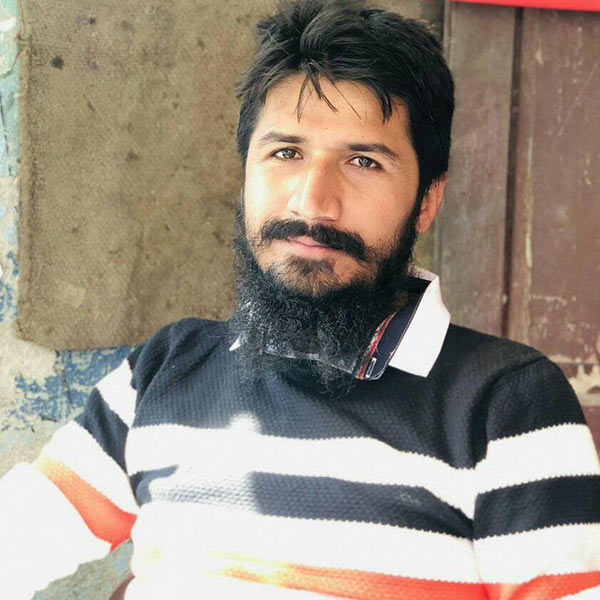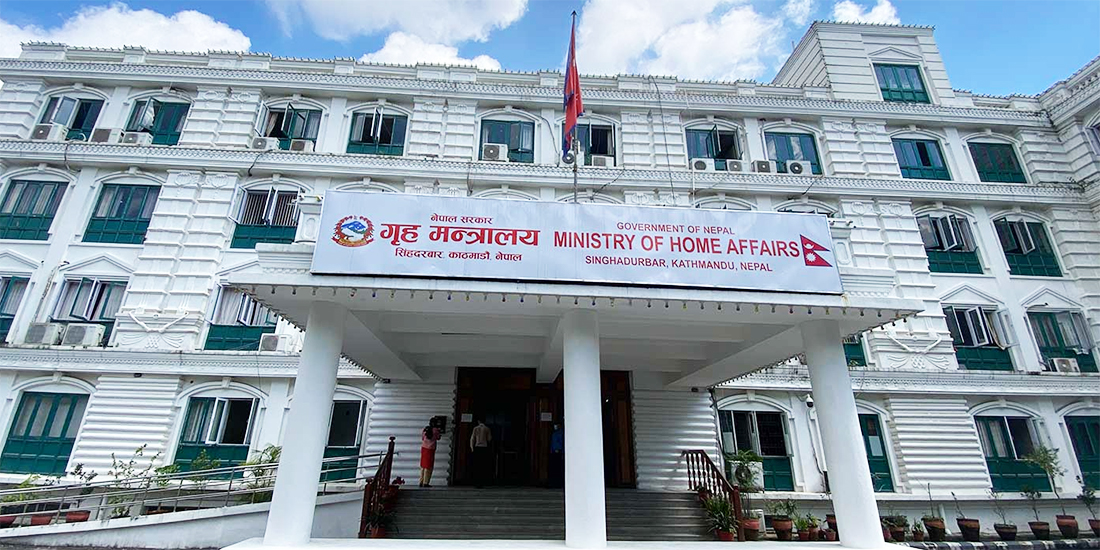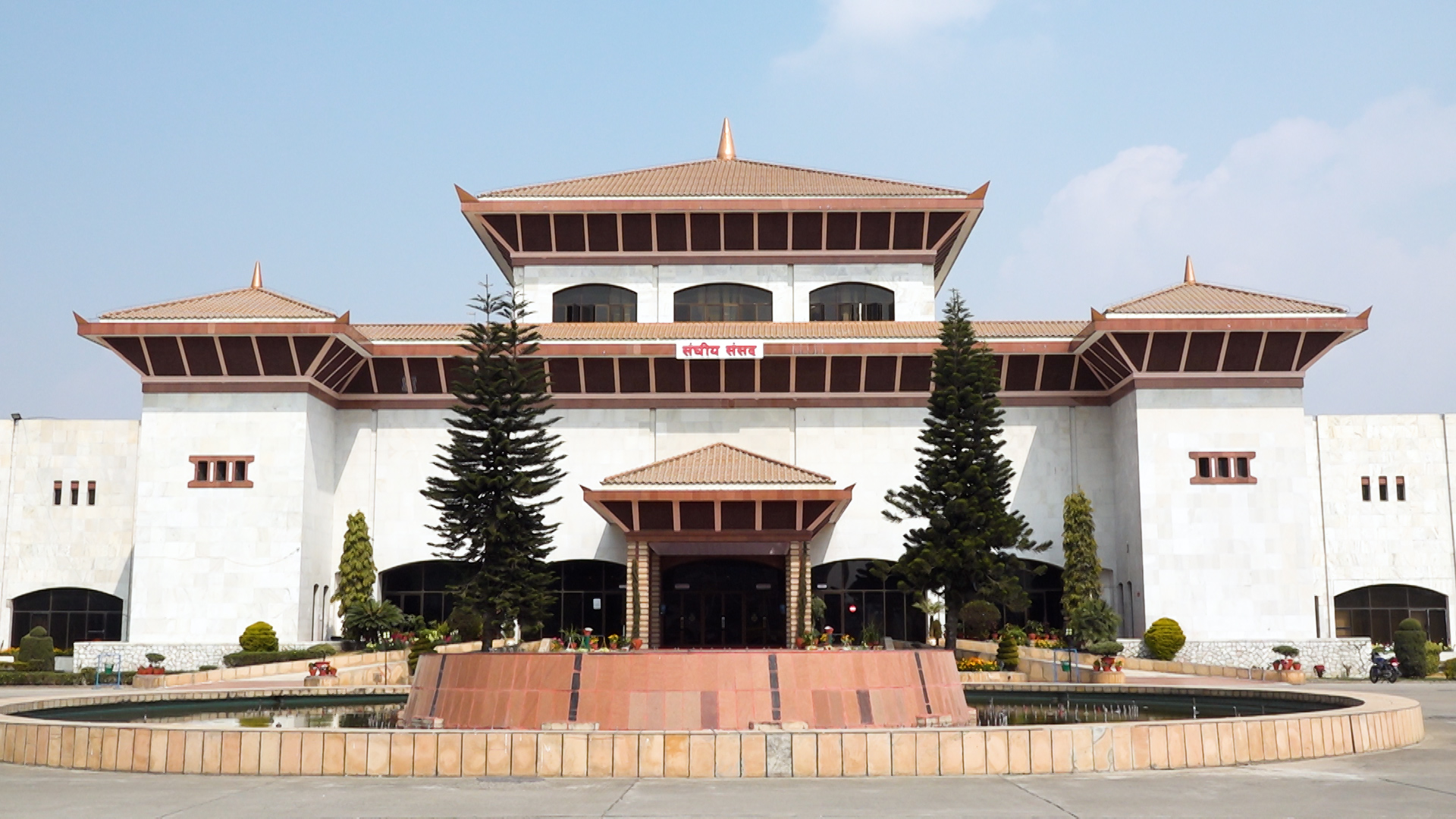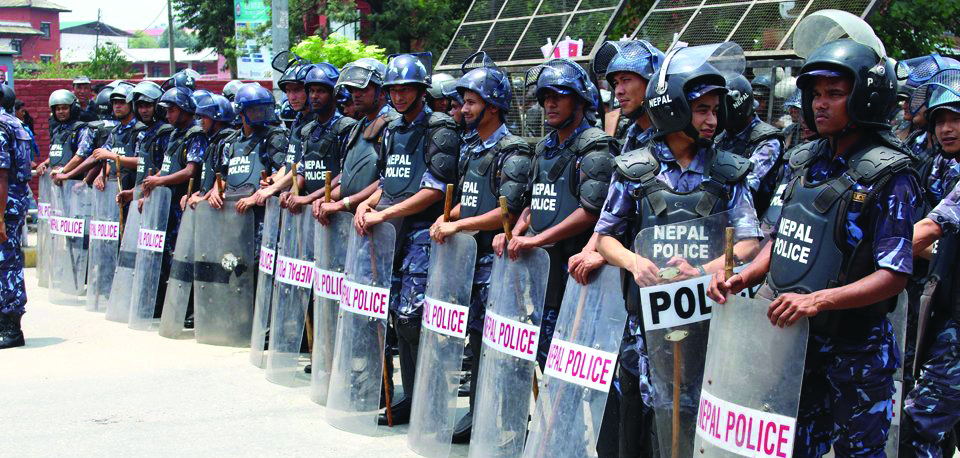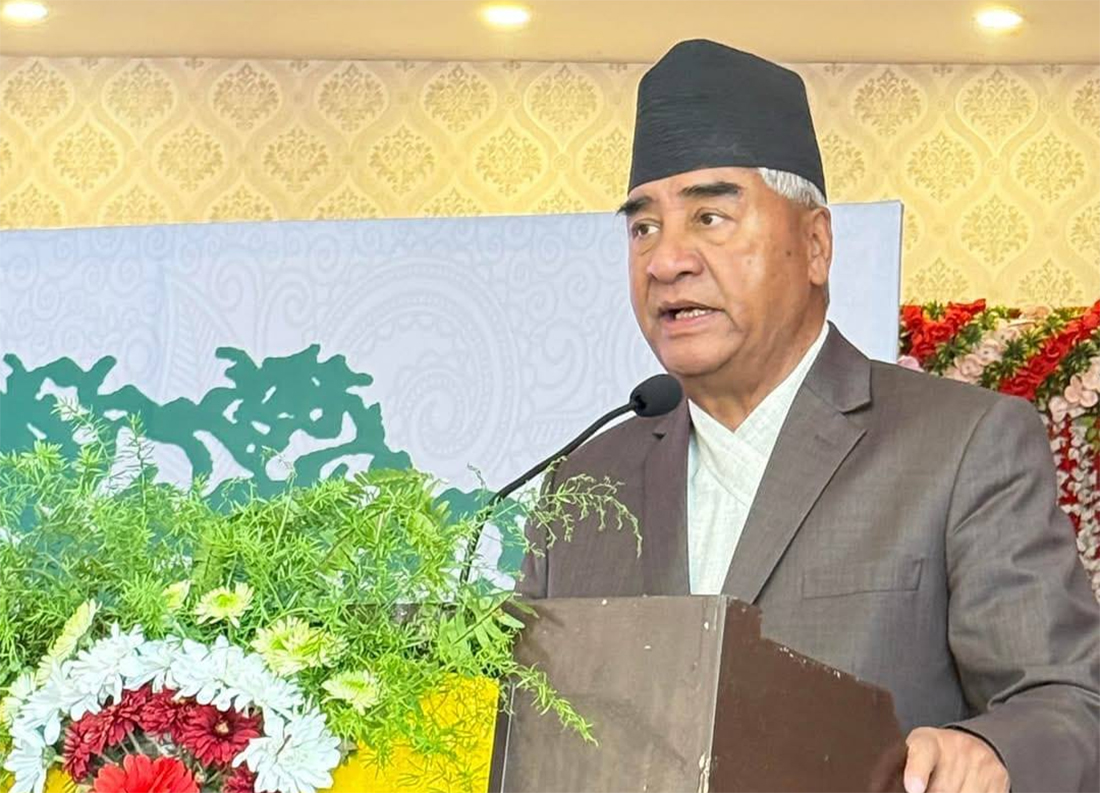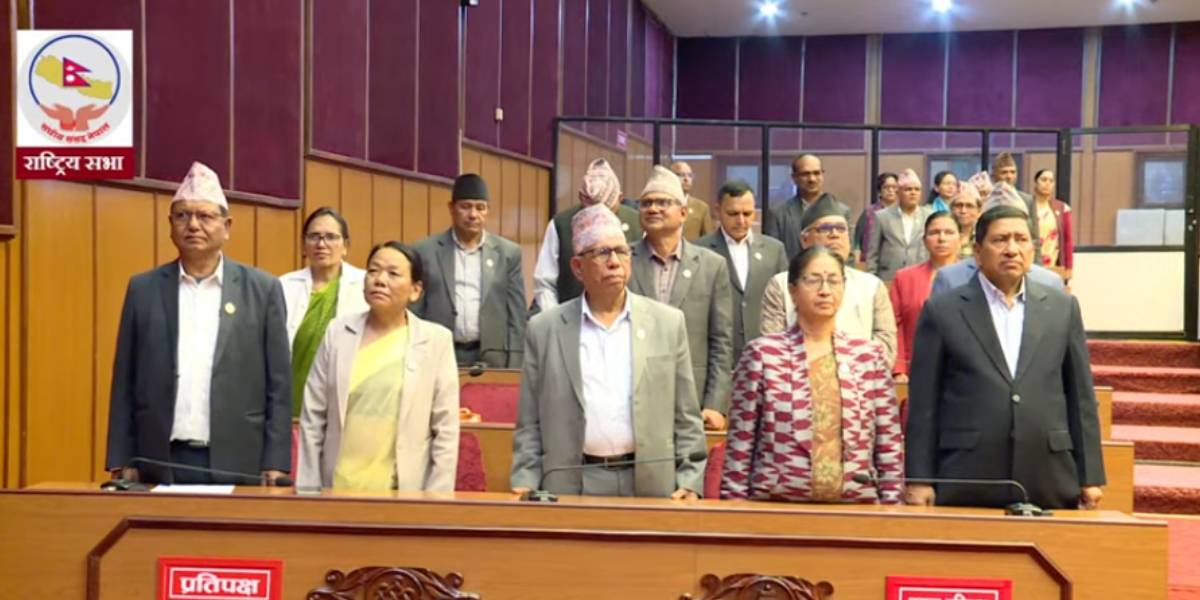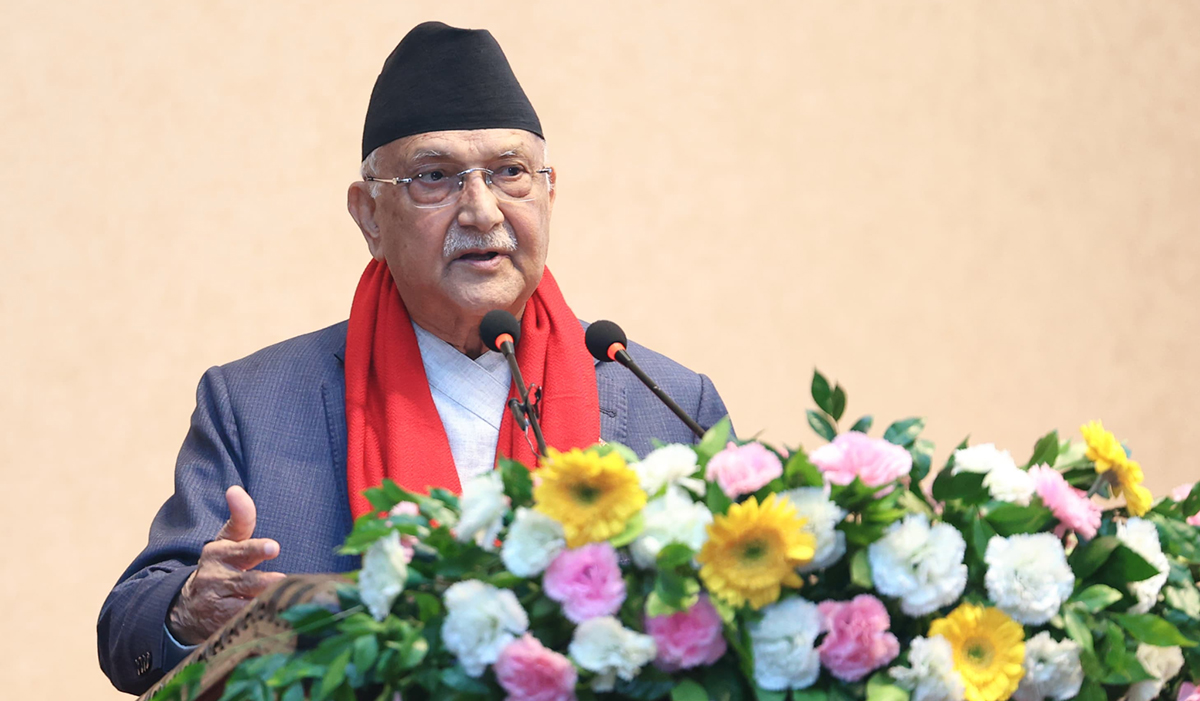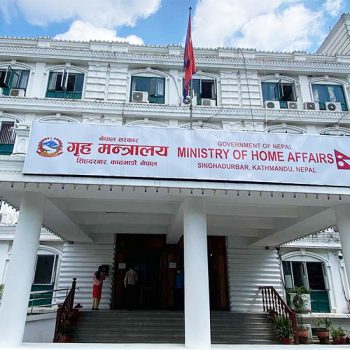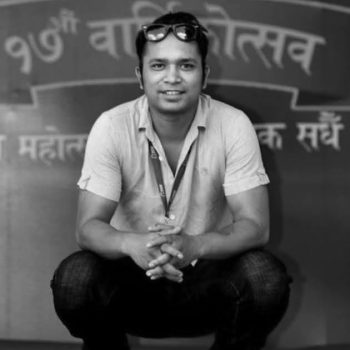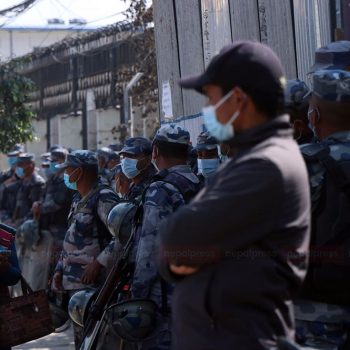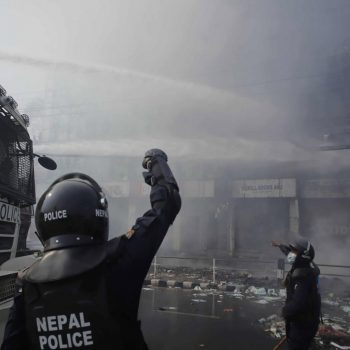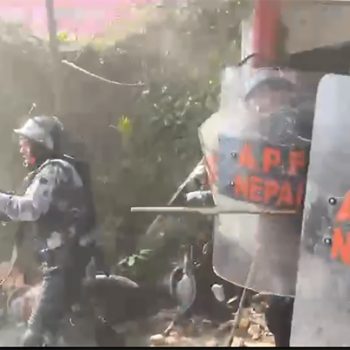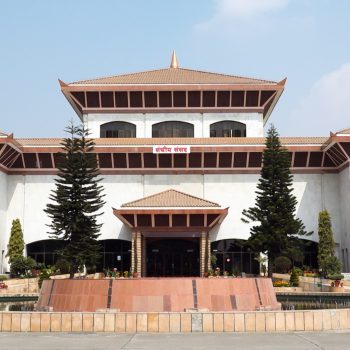Six fascinating facts about the first people-elected Prime Minister BP Koirala’s cabinet
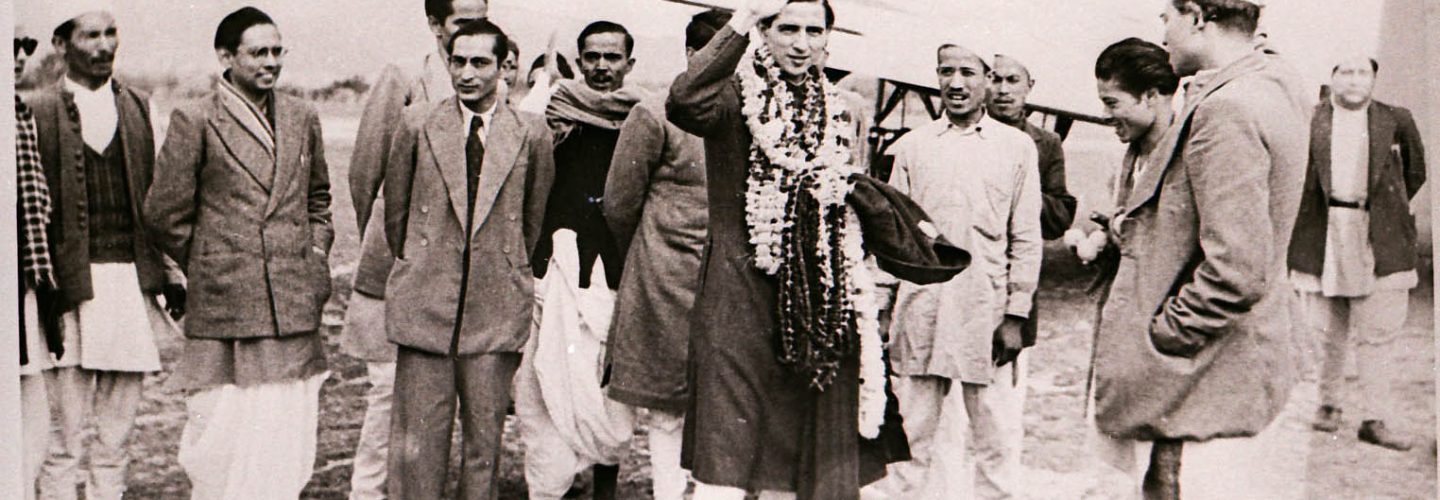
Today marks the 62nd anniversary of Nepal’s first cabinet that was formed with people-elected representatives. The cabinet constituted on 27 May 1959 (13 Jestha 2016 BS) was led by the first people-elected Prime Minister of Nepal, BP Koirala. Before this epoch-making day, all Nepalese cabinets were formed and dissolved at the behest of ruling power elites and the then monarchs of Nepal.
This story is not to explain the plans, policies, achievements and drawbacks of the Koirala cabinet, but to elucidate six fascinating facts about the first popular Nepali cabinet until its formation and swearing-in ceremonies.
Cabinet formed after the longest election in history
Nepal’s first general election was scheduled eight years after democracy was introduced in the country with the historical people’s revolution on 18 February 1959. The 45-day-long election ended only on 3 April. According to a news article published in The New York Times on 19 February 1959 with the headline ‘Nepalese voting begun’, there were 18 polling days. The election was held for the 109-member Lower House of the parliament where Nepali Congress secured two-thirds of the seats (74).
The first-ever election was praised as free and fair even in the international arena. The then editor to Foreign Affairs, a reputed American magazine on foreign affairs and diplomacy, Hamilton Fish Armstrong, talked about the fairness of the election. In his essay titled ”Where India Faces China’ published in July 1959, he had written, ”A remarkable feature of the election was that the Home Minister D.R. Regmi only got 503 votes in the electoral constituency having 5000 plus eligible voters and that all 21 candidates belonging to his group lost in the election along with him. The defeat of the official in charge of maintaining public order during the election seems evidence that it was fair.”
There are no elections in the history of Nepal that have been held for 45 days, after this one. Besides being the benchmarking election, it also made another history as the largest marathon election in the six-decade-long electoral history of Nepal.
BP’s wife was against his presence in governmental positions
It sounds like a fairytale these days when political leaders and their spouses are mongering after power by all means. However, it was true that Sushila Koirala, the wife of BP Koirala, was against his participation in the cabinet. She had always advocated for his role similar to that of Gandhi in India. She was said to be unhappy when BP was picked as a Home Minister during the premiership of Mohan Shumsher Rana after Nepal entered into a new democratic regime. She had believably expressed her disappointment when BP became the first elected PM of Nepali. BP himself has confessed this development in his book titled ‘Feri Sundarijal’.
Long transition to form cabinet even after the election results
The first election was not only long but the subsequent transition to the formation of the cabinet was also protracted. According to the book titled ‘Pahilo Sansad’ authored by Jagat Nepal, the King didn’t invite BP to form the cabinet even after one and half months of the election results. According to the book, BP finally called on the King on 27 April 1959 (14 Baisakh 2016 BS). The then King Mahendra cited a reason that without the formation of a parliamentary party leader he couldn’t make a formal call for the formation of the cabinet.
Bhairab Risal, a veteran journalist who reported the first general election, the first cabinet, and the first parliament, has presented more details about this impasse among BP and King Mahendra. According to the book titled ‘Uhileko Nepal’, penned by Risal, the impasse was brokered by the influential editor of ‘Naya Samaj’ daily, Laxmanraj Pandey, who had a good rapport with the palace. Risal said BP had expressed his anxiety over the monarch’s reluctance to call him for cabinet formation to Pandey. Pandey then met with King Mahendra and the latter talked about the formation of a parliamentary party leader to initiate the process for constituting the cabinet. Risal has questioned, ‘Why did a leader like BP not know about the parliamentary procedure to form a cabinet?”
Former Prime Minister as Deputy Prime Minister
Someone who has held the post of Prime Minister normally does not agree to take the berth of Deputy Prime Minister. However, this happened in the first elected cabinet of BP Koirala. Subarna Shamsher Rana, who was the Prime Minister during the election time, was ready to be the Deputy PM under the leadership of Koirala. Interestingly, according to various accounts of that era, King Mahendra had also favored and approached Rana to be the PM on behalf of the Nepali Congress, which he declined. He was an ardent supporter of BP Koirala, both financially and politically.
Two-time swearing-in ceremonies
BP Koirala constituted his cabinet on 27 May 1959 by appointing 8 ministers and 11 deputy ministers. This move was based on the Interim Constitution of 1951 which was proclaimed by the then King Tribhuwan after the abolition of the Rana Regime and the subsequent establishment of democracy in Nepal.
Just after 33 days of cabinet formation, on 30 June 1959 (16 Ashad 2016 BS) king Mahendra promulgated the Constitution of 1959 which was drafted just a week before the historic election day. This was reported by The New York Times, just a day after the election on 19 February 1959, under the headline ‘Nepalese voting begun’, ”King introduced a Western-style constitution last week.” On the very occasion of the promulgation of ‘The Constitution of the Kingdom of Nepal, 1959’, BP took another oath of office on 30 June 1959, according to the book titled ‘Pahilo Sansad’.
Inclusive cabinet with female presence
BP Koirala’s cabinet was inclusive, representing diverse sections of Nepal. His cabinet comprised of Subarna Shumsher Rana, Ganeshman Singh, Surya Prashad Upadhyaya, Ramnarayan Mishra, Kasinath Gautam, Parshunarayan Chaudhary, Shivraj Panta while the deputy ministers included Dwarikadevi Thakurani, Manbahadur Gurung, Jamansingh Gurung, Nebbahadur Malla, Yogendraman Sherchan, Tulsi Giri, Shivapratap Shah, Diwansingh Rai, and Suryanathdash Yadav.
The cabinet had featured Dwarikadevi Thakurani as the first female minister of Nepal. She was entrusted with the responsibility of Deputy Minister for Local Autonomy. According to the book ‘Pahilo Samsad’, she had fielded her candidacy from constituency number 66 of Dadeldhura of far-west Nepal and secured 3,903 votes. He defeated Laxmidatta Panta of the United Democratic Party who just managed to secure 1831 votes. Dwarikadevi’s victory had also drawn international attention. On 18 March 1959, The New York Times, headlined, ‘Woman named in Nepal’ wrote, ”One seat was gained by Miss Thakurani Dwarika Chanda, who will be Nepal’s first woman in the Parliament.”
RSS


